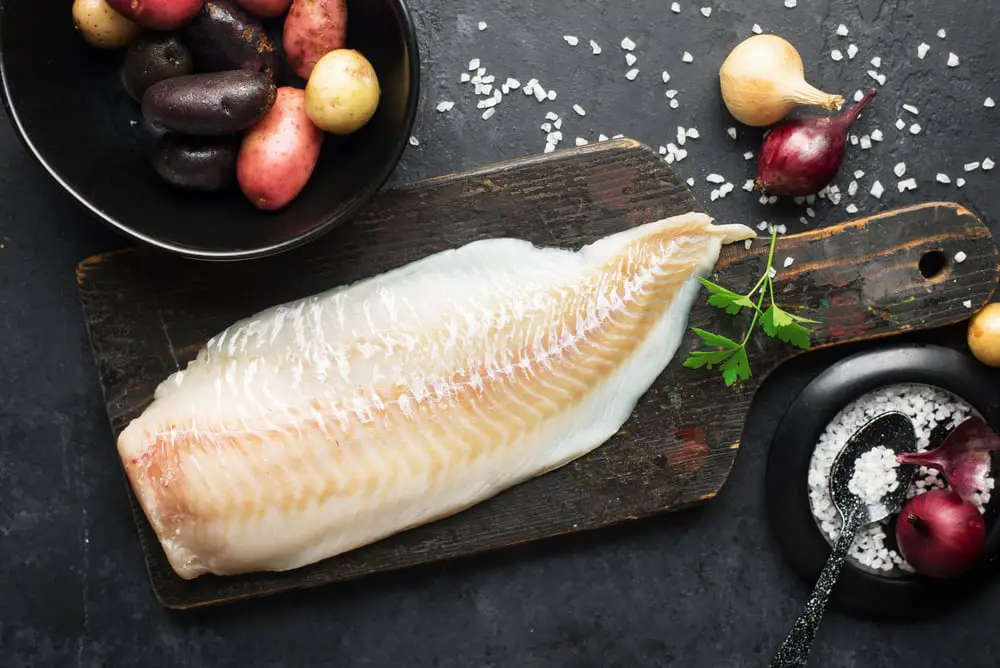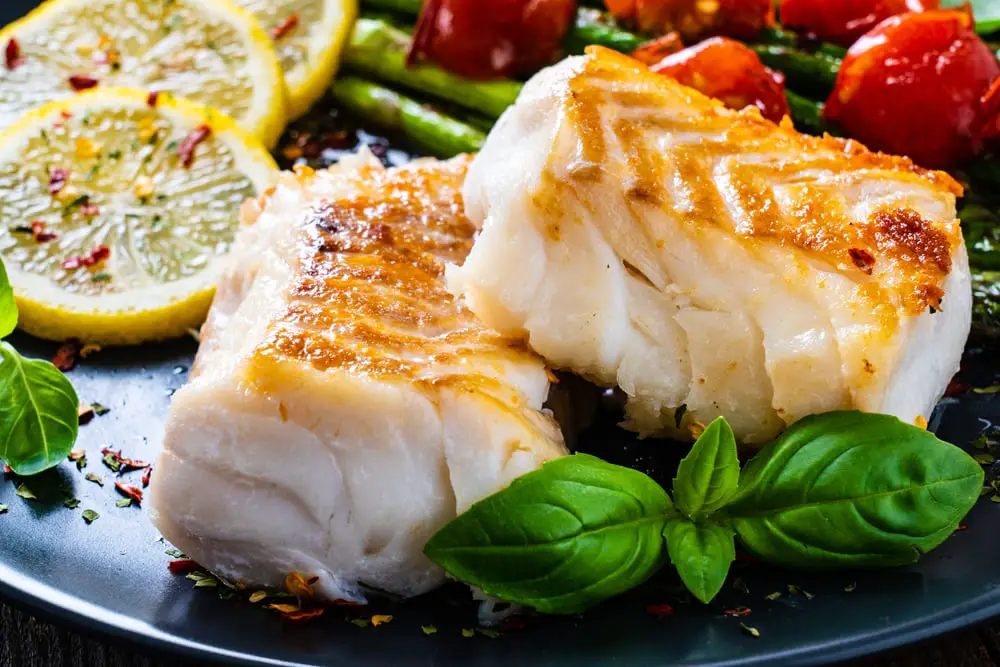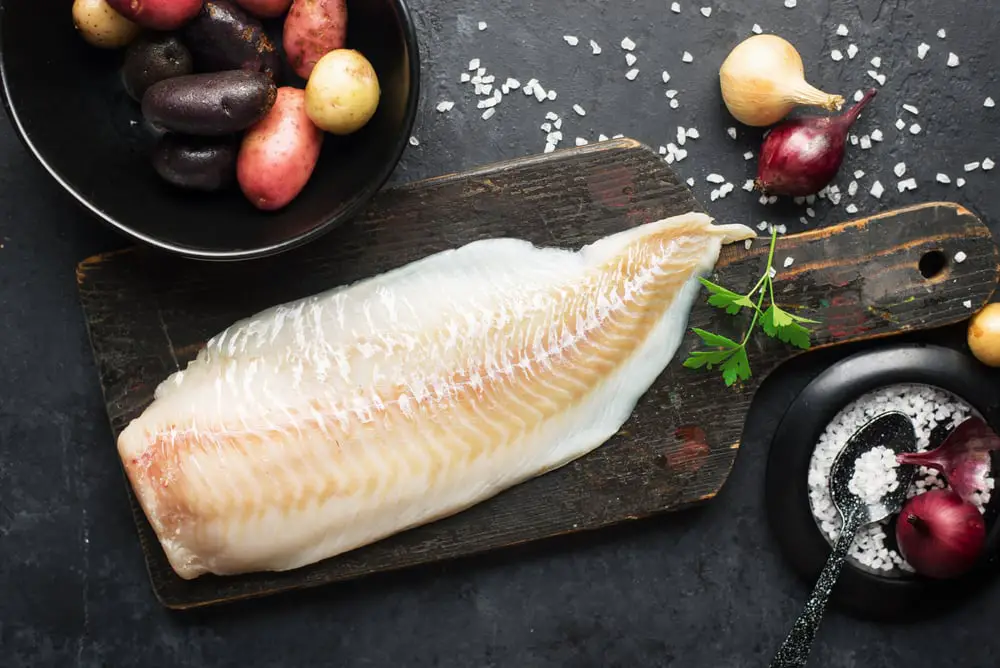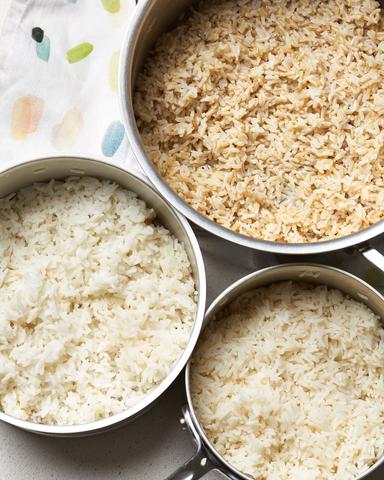
Saltwater catfish are a popular game fish. They can be found in many coastal areas, and they’re known for their fighting spirit. Some people also eat saltwater catfish, but there is some debate about whether or not they’re safe to eat.
Can you eat saltwater catfish? This is a question that many people have, and the answer is not a simple one. There are different types of saltwater catfish, and some of them can be eaten safely while others should not be eaten under any circumstances. In this blog post, we will explore the different types of saltwater catfish and discuss which ones are safe to eat. We will also provide some tips for preparing these fish for consumption. So, if you are interested in learning more about saltwater catfish, keep reading!

What is saltwater catfish?
Saltwater catfish are a type of fish that can be found in saltwater environments such as oceans and coastal areas. There are many different types of saltwater catfish, and they vary in size, shape, and color. Some saltwater catfish are edible, while others are not. It is important to know which type of saltwater catfish you have before consuming it.
There are two main types of saltwater catfish: the white-spotted shore catfish and the brown-spotted shore catfish. The white-spotted shore catfish is the more common type of saltwater catfish, and it is usually what is meant when people refer to saltwater catfish. These fish are typically small, ranging in size from one to four inches. They have white spotting on their brown or gray bodies, and they have barbels ( whisker-like appendages) on their faces. The white-spotted shore catfish is the only type of saltwater catfish that is considered safe to eat.
The brown-spotted shore catfish is the other type of saltwater catfish, and it is not safe for human consumption. These fish are larger than white-spotted shore catfish, typically ranging in size from six to twelve inches. They have brown spotting on their bodies, and they lack barbels on their faces. Brown-spotted shore catfish contain a poisonous substance called saponin, which can cause illness or death if consumed. For this reason, it is not recommended to eat brown-spotted shore catfish.
Does Saltwater Catfish Taste Good?
Saltwater catfish have a mild flavor with a slightly salty taste. They are often compared to freshwater catfish, which have a similar taste. Some people say that saltwater catfish have a firmer texture, while others find that they are more tender. Overall, saltwater catfish is a versatile fish that can be used in many different recipes.
If you are considering eating saltwater catfish, it is important to make sure that the fish is properly prepared. Saltwater catfish should be cooked thoroughly to kill any bacteria or parasites that may be present. It is also important to remove the guts and gills of the fish before cooking it. These organs can contain toxins that can make you sick if consumed. Once the fish is cleaned and gutted, it can be cooked in a variety of ways such as baking, frying, or grilling.
Eating saltwater catfish is generally considered safe, but there are some risks to be aware of. As with any type of fish, there is a risk of food poisoning if the fish is not properly cooked. There is also a risk of contracting diseases such as salmonella or hepatitis A if the fish is not handled properly. It is important to wash your hands thoroughly after handling raw saltwater catfish. If you have any concerns about eating saltwater catfish, talk to your doctor or a registered dietitian before consuming it.
How to Select and Store Saltwater Catfish:
When purchasing saltwater catfish, look for fish that are bright white or cream-colored. Avoid fish that are yellow, brown, or gray in color. The fish should also be free of any blemishes or bruises. You can purchase saltwater catfish fresh, frozen, or smoked.
If you purchase fresh saltwater catfish, it is important to use it within two days. Store the fish in the refrigerator, and keep it wrapped tightly in plastic wrap or aluminum foil.
Frozen saltwater catfish will keep for up to six months. Store the fish in the freezer in a tightly sealed bag or container.
Smoked saltwater catfish will keep for up to two weeks. Store the fish in the refrigerator, and keep it wrapped tightly in plastic wrap or aluminum foil.
Nutritional Information:
One 3-ounce serving of saltwater catfish contains approximately:
- Calories: 140
- Fat: 3 grams
- Saturated fat: 1 gram
- Cholesterol: 70 milligrams
- Sodium: 80 milligrams
- Carbohydrates: 0 grams
- Protein: 28 grams
- Omega-3 fatty acids: 1.5 grams
- Vitamin A: 10% of the Daily Value (DV)
- Vitamin B12: 20% of the DV
- Selenium: 50% of the DV
saltwater catfish are a good source of protein, vitamins, and minerals. They are low in calories and fat, and they contain omega-3 fatty acids, which have been shown to have health benefits. Including salt water catfish in your diet can help you meet your nutritional needs and may also provide some health benefits.
How To Clean Saltwater Catfish?
It is very important to clean saltwater catfish before cooking it. This will help to remove any toxins that might be present in the fish. To clean saltwater catfish, use a sharp knife to make a slit along the belly of the fish. Reach into the slit and pull out the guts and gills. Rinse the fish inside and out with cold water, and pat it dries with paper towels. Once the fish is cleaned, it can be cooked in a variety of ways.

How to Prepare Saltwater Catfish:
There are many different ways to prepare saltwater catfish. The fish can be baked, fried, grilled, or smoked. It can also be added to soups, stews, or casseroles.
When preparing saltwater catfish, it is important to remove the guts and gills before cooking. These organs can contain toxins that can make you sick if consumed. To remove the guts and gills, use a sharp knife to make a slit along the belly of the fish. Reach into the slit and pull out the organs. Rinse the fish inside and out with cold water, and pat it dries with paper towels.
Once the fish is cleaned, it can be cooked in a variety of ways. For baking, preheat the oven to 350 degrees Fahrenheit. Coat the fish in a light layer of olive oil or butter, and season it with salt, pepper, and other herbs or spices as desired. Place the fish on a baking sheet, and bake it for 20-30 minutes.
To fry saltwater catfish, heat oil in a large skillet over medium-high heat. Coat the fish in a light layer of flour, and season it with salt, pepper, and other herbs or spices as desired. Carefully place the fish in the hot oil, and cook it for 3-5 minutes per side.
To grill saltwater catfish, preheat the grill to medium-high heat. Coat the fish in a light layer of olive oil or butter, and season it with salt, pepper, and other herbs or spices as desired. Place the fish on the grill, and cook it for 3-5 minutes per side.
If you are adding saltwater catfish to a soup, stew, or casserole, it is important to cook the fish before adding it to the dish. This will help to prevent food poisoning. To cook the fish, bake, fry, or grill it as directed above. Once the fish is cooked, flake it into small pieces and add it to the soup, stew, or casserole.

Saltwater Catfish Recipe:
Ingredients:
-1 pound saltwater catfish fillets
-1 tablespoon olive oil or butter
-Salt, pepper, and other herbs or spices as desired
Instructions:
- Preheat the oven to 350 degrees Fahrenheit.
- Coat the fish in a light layer of olive oil or butter, and season it with salt, pepper, and other herbs or spices as desired.
- Place the fish on a baking sheet, and bake it for 20-30 minutes.
- Once the fish is cooked through, flake it into small pieces and add it to your favorite soup, stew, or casserole recipe. Enjoy!
What Kind Of Saltwater Catfish Can You Eat?
– Hardhead catfish: These fish have a hard, bony head and are found in coastal waters. They can grow to be quite large, and they are a popular choice for eating.
– Blue catfish: These fish are blue in color and have firm flesh. They are found in rivers and lakes, and they are a popular choice for eating.
– Flathead catfish: These fish have a flat head and a long body. They are found in rivers and lakes, and they make a good choice for eating.
– Channel catfish: These fish have a slightly flattened head and body, and they are found in rivers and lakes. They are a popular choice for eating.
– Gafftopsail catfish: These fish have a long, slender body and are found in coastal waters. They make a good choice for eating.

HOW TO CATCH SALTWATER CATFISH?
There are a few different ways that you can go about catching saltwater catfish. You can use a net, hooks, or lines.
If you are using a net, make sure that it is the right size and type of net for the fish that you are trying to catch. It is also important to be careful when you are using a net, as you don’t want to damage the fish.
If you are using hooks, there are a few different types that you can choose from. The type of hook that you use will depend on the size of the fish that you are trying to catch.
If you are using lines, it is important to make sure that they are the right type of line for the fish that you are trying to catch. You also need to be careful when you are using lines, as you don’t want to damage the fish.
No matter which method you choose, make sure that you are familiar with it before you go out and try to catch saltwater catfish.
Factors to consider when cooking saltwater catfish:
– The size of the fish: Smaller fish will generally cook faster than larger fish.
– The type of fish: Hardhead catfish and blue catfish will generally take longer to cook than other types of saltwater catfish.
– The cooking method: Baking, frying, and grilling are all popular methods for cooking saltwater catfish.
– The seasonings: Salt, pepper, and other herbs or spices can be used to flavor the fish.
Common mistakes in cooking saltwater catfish:
– Not cooking the fish all the way through: This can lead to food poisoning. Make sure that the fish is cooked all the way through before adding it to a soup, stew, or casserole.
– Overcooking the fish: This will make the fish dry and tough. cook the fish for the recommended amount of time, or until it is cooked through but still moist.
– Not seasoning the fish: Seasoning the saltwater catfish will help to bring out its flavor. Be sure to season it with salt, pepper, and other herbs or spices as desired.
– Not using enough oil or butter: Using a light layer of oil or butter will help to keep the fish from sticking to the grill or baking sheet. It will also help to prevent the fish from drying out.
– Not flaking the fish: Flaking the fish into small pieces will help it to mix well with other ingredients in a soup, stew, or casserole. It will also make it easier to eat.

FAQs
Is Saltwater Catfish Poisonous?
Yes, saltwater catfish can be poisonous. they have venom in their spine that can cause a painful sting if you touch it carelessly.
What Part Of A Saltwater Catfish Is Poisonous?
The venom is found in the catfish’s spine.
How Do You Avoid Getting Stung By A Saltwater Catfish?
Be careful when handling saltwater catfish and avoid touching their spine. If you are stung, wash the area with soap and water and seek medical attention if necessary.
How do you know when Saltwater Catfish is done?
The best way to tell if saltwater catfish is cooked is to use a meat thermometer. The internal temperature of the fish should be 145 degrees Fahrenheit. You can also check to see if the flesh is opaque and flakes easily with a fork.
How do you fillet a saltwater catfish?
Here is a step-by-step guide on how to fillet a saltwater catfish:
- Start by cutting off the head of the fish with a sharp knife.
- Cut along the belly of the fish to open it up.
- Remove the guts and organs from the fish.
- Cut along each side of the backbone to remove it.
- You should now be able to easily remove the skin from the fish.
- Cut the fillets into desired sizes and shapes.
- Enjoy your delicious saltwater catfish!

What goes well with Saltwater Catfish?
Saltwater catfish goes well with a variety of sides, including rice, vegetables, and potatoes. It also pairs well with sauces, such as tartar sauce, remoulade sauce, or garlic butter. For a complete meal, serve saltwater catfish with your favorite sides and a dipping sauce.
Saltwater Catfish vs Freshwater Catfish – what’s the difference?
The main difference between saltwater and freshwater catfish is the environment in which they live. Saltwater catfish live in saltwater, such as the ocean, while freshwater catfish live in freshwaters, such as rivers and lakes. Saltwater catfish are also typically larger than freshwater catfish. When it comes to taste, freshwater catfish tend to be milder, less salty, and less fishy than saltwater catfish. When choosing between saltwater and freshwater catfish, it really comes down to personal preference. If you want a milder-tasting fish, go for freshwater catfish. If you don’t mind a stronger-tasting fish, go for saltwater catfish.
Do saltwater catfish have poisonous barbs?
Yes, saltwater catfish have poisonous barbs. It’s on their back and is used to defend against the enemy.
What fish eats saltwater catfish?
There are a few different types of fish that eat saltwater catfish, including sharks, barracudas, and eels. These predators typically go after smaller saltwater catfish, so you don’t have to worry about them attacking humans.
Learn More About Grilling
If you want to learn more about grilling, check out these other helpful resources!











